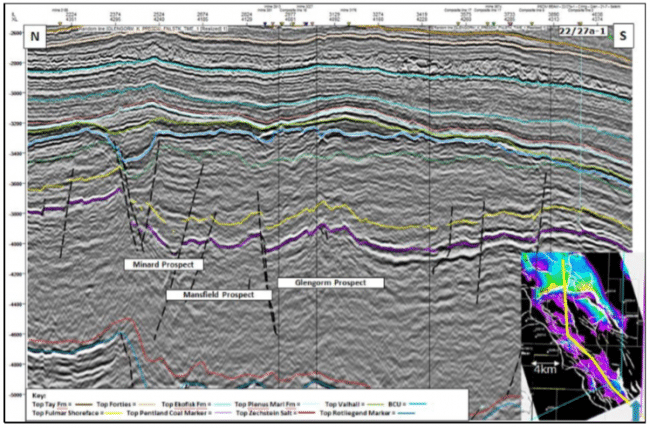Finding cost on the UKCS has been reduced from 9 to 1 $ per bbl in only five years, says Andy Samuel, CEO of OGA in a recent podcast published by OGA entitled “Revitalising Exploration in the UKCS”.
The episode delves into the leaders’ thoughts on whether the UKCS is witnessing a turning point – a revival in exploration. We hear the inside story on the recent significant discoveries, Total’s Glendronach, Equinor’s Verbier and CNOOC’s Glengorm discoveries.

The podcast is a discussion between Jenny Morris, Head of Exploration UK & Ireland at Equinor, Mohamed-Amine Soudani, Exploration Manager at Total and Eliza Larrett, General Manager, UK Exploration at CNOOC International that recently made the biggest discovery on the UKCS in ten years (Glengorm), and Nick Richardson, Head of Exploration & New Ventures at the OGA.
“It’s a very positive time for exploration, especially in the frontier West of Shetland region which is now a key area for growth. The OGA estimates there is 4 billion boe yet to be discovered from existing mapped prospects, with an additional 11 billion boe possible from new plays in the UKCS. Finding costs have gone from $9 to $1 per barrel, adding a further incentive to explore. The extensive opportunity-set and improved industry performance underlines the considerable potential of the UKCS with there being every chance of more significant finds”, Nick Richardson says.
Since the OGA was established, it has placed a strong focus on exploration; the ‘lifeblood’ of the basin. This includes:
- commissioning new government-funded seismic surveys to acquire new geophysical data;
- overhauling the licensing regime to make it more flexible with lower entry barriers;
- establishing annual licensing rounds focusing alternately on mature and frontier areas; and
- making high quality seismic, digital well logs, geological mapping, reports and lessons-learned information openly available to all.
The OGA recently launched the new National Data Repository, which has for the first-time opened-up the UKCS’s released subsurface data to the public.





